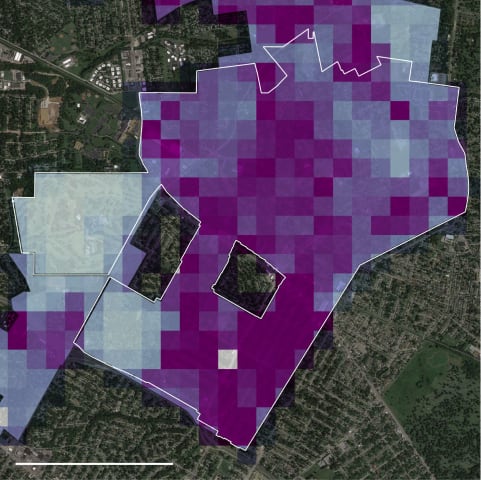Tools
Entities
View all entitiesCSETv1 Taxonomy Classifications
Taxonomy DetailsIncident Number
101
AI Tangible Harm Level Notes
financial harm and intangible harm. Fraud detection model described as a self-learning black box algorithm.
Risk Subdomain
1.1. Unfair discrimination and misrepresentation
Risk Domain
- Discrimination and Toxicity
Entity
Other
Timing
Post-deployment
Intent
Unintentional
Incident Reports
Reports Timeline

Last month, Prime Minister of the Netherlands Mark Rutte—along with his entire cabinet—resigned after a year and a half of investigations revealed that since 2013, 26,000 innocent families were wrongly accused of social benefits fraud parti…

On January 15, the Dutch government was forced to resign amidst a scandal around its child-care benefits scheme. Systems that were meant to detect misuse of the benefits scheme, mistakenly labelled over 20,000 parents as fraudsters. More cr…

Chermaine Leysner’s life changed in 2012, when she received a letter from the Dutch tax authority demanding she pay back her child care allowance going back to 2008. Leysner, then a student studying social work, had three children under the…

Until recently, it wasn’t possible to say that AI had a hand in forcing a government to resign. But that’s precisely what happened in the Netherlands in January 2021, when the incumbent cabinet resigned over the so-called kinderopvangtoesla…

Every year, the city of Rotterdam in the Netherlands gives some 30,000 people welfare benefits to help them make rent, buy food, and pay essential bills. And every year, thousands of those people are investigated under suspicion of committi…

From the outside, Rotterdam’s welfare algorithm appears complex. The system, which was originally developed by consulting firm Accenture before the city took over development in 2018, is trained on data collected by Rotterdam’s welfare depa…
Variants
Similar Incidents
Did our AI mess up? Flag the unrelated incidents
Similar Incidents
Did our AI mess up? Flag the unrelated incidents








